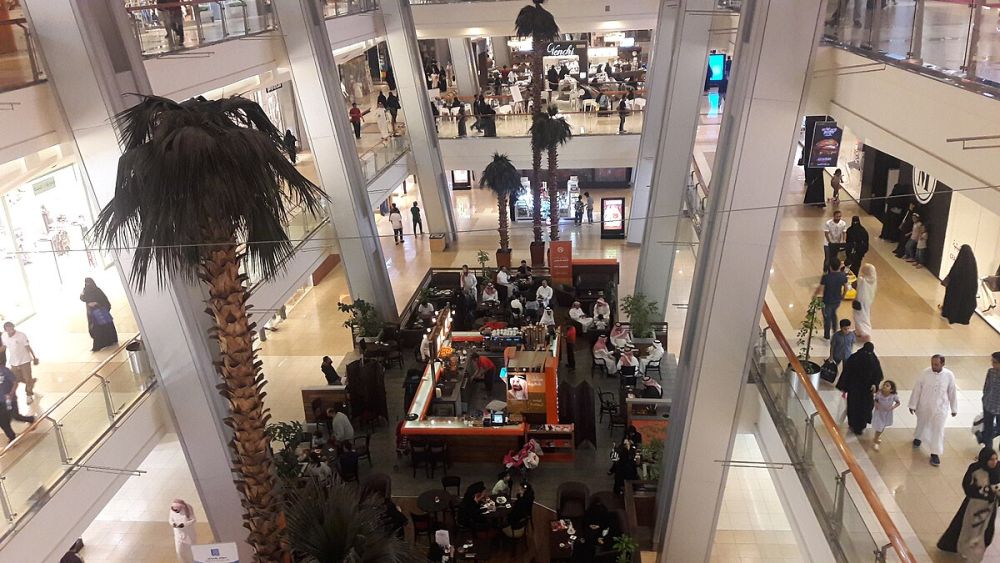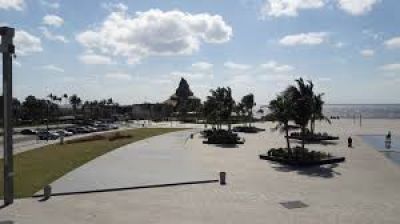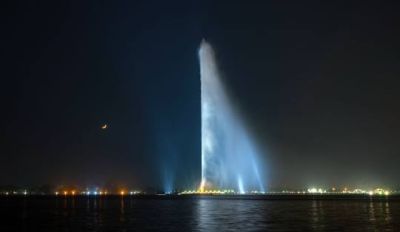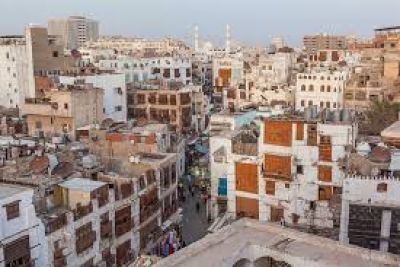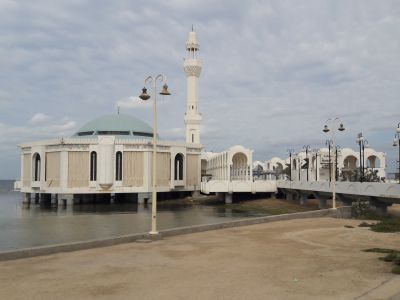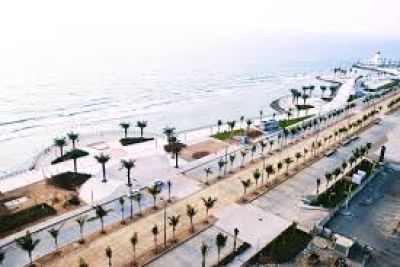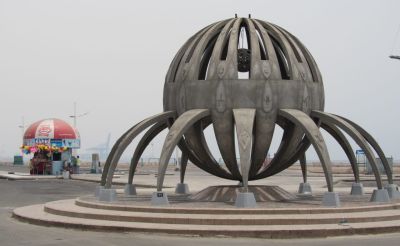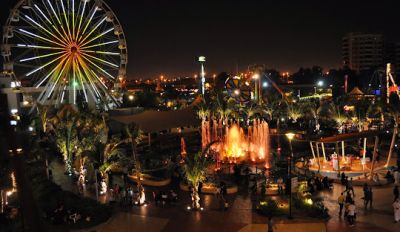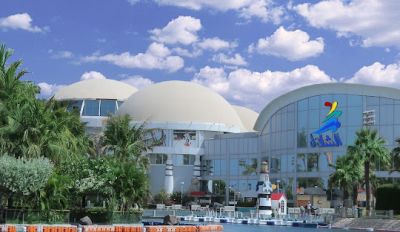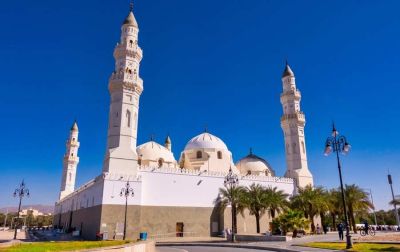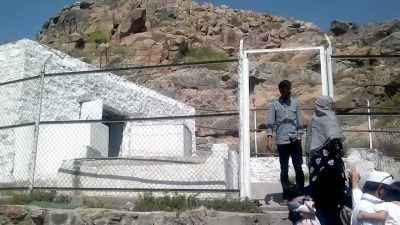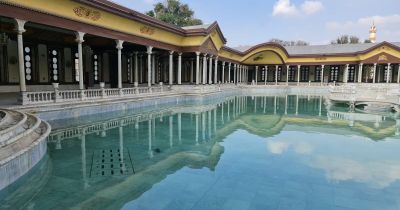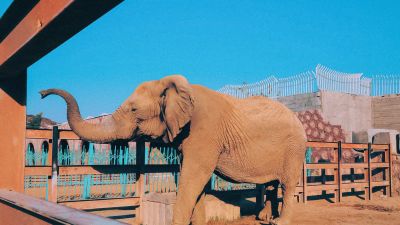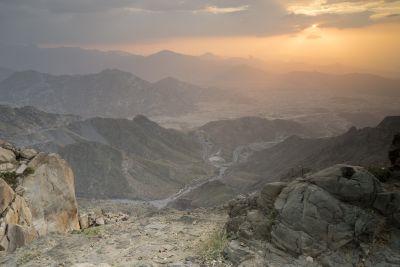Red Sea Mall - A Jewel of Jeddah Tourism
Historical Overview
Jeddah has long been a gateway for pilgrimages to the Islamic holy cities of Mecca and Medina, which naturally infused the city with a rich mix of cultures and a history of hospitality. However, it was not until the late 20th and early 21st centuries that Jeddah began to establish itself as a commercial hub and a destination for tourists looking for more than just spiritual fulfillment.
The Red Sea Mall, opening its doors in 2008, is a relatively recent addition to Jeddah's modern attractions. Its establishment was part of a broader vision to diversify the city's economic activities and to offer a leisure and shopping experience that matches international standards. It quickly gained a reputation as one of the largest and most prestigious shopping centers in Saudi Arabia, attracting both locals and tourists alike.
Role in Tourism
As part of its contribution to tourism, the Red Sea Mall provides a luxurious environment for shopping, entertainment, and dining. It allows visitors to experience world-class brands and hospitality unique to Jeddah's cosmopolitan nature. The mall has played a significant role in Jeddah's tourism sector by merging retail with recreation and by organizing events that showcase local culture and traditions to the international community.
Latest Tourism Trends
In recent years, the Kingdom of Saudi Arabia has initiated the Vision 2030 reform plan aiming to reduce its dependence on oil, diversify its economy, and develop public service sectors such as health, education, infrastructure, recreation, and tourism. As part of this vision, Jeddah is witnessing a surge in tourism development, and Red Sea Mall stands at the forefront as a prime location for tourists.
The latest trends in tourism in Jeddah, and by extension at the Red Sea Mall, include a focus on digital transformation and personalized experiences. Initiatives like electronic tourist visas have made it easier than ever for international tourists to visit. Furthermore, there is an increased emphasis on sustainable tourism practices and the integration of traditional Saudi culture into the modern retail environment.
Another trend is the addition of multifunctional spaces in malls, where shopping is combined with entertainment and cultural experiences. The Red Sea Mall has adapted to this trend by including a variety of dining options, a children's entertainment center named "Sparkys", and regularly hosting cultural events and exhibitions that cater to a broad audience.
Conclusion
The Red Sea Mall is more than a shopping destination; it's a cultural hub that reflects Jeddah's commitment to providing a memorable experience for tourists and locals alike. As Saudi Arabia continues to open up to international tourism, the mall is expected to play an even more integral role in showcasing the vibrant and diverse character of Jeddah.
